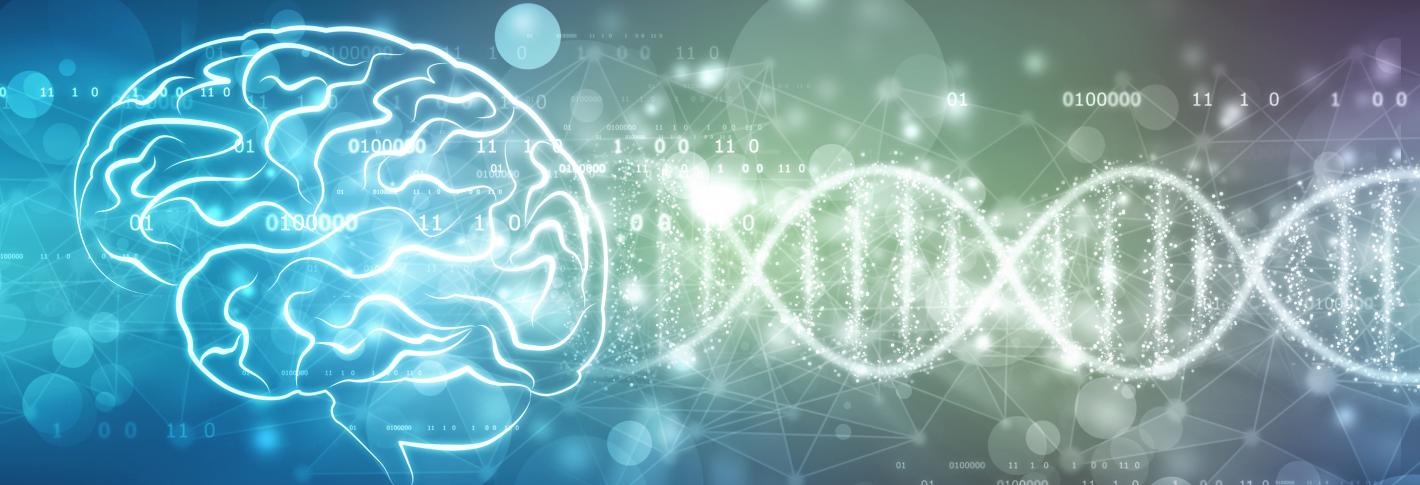
Though accumulation of a protein called TDP-43 appears to be a signature of almost all cases of the terminal neurodegenerative disorder amyotrophic lateral sclerosis (ALS), scientists don’t yet know exactly how that may contribute to the devastating damage to neurons that characterizes both ALS and the related condition, frontotemporal lobar degeneration with motor neuron disease (FTLD/MND). With a Transformative Research Award from the National Institutes of Health, a new research team will launch a groundbreaking, five-year investigation to pinpoint what may be going wrong in specific brain cells and to help identify new treatment approaches.
The five-year project will bring together four labs, including two at MIT, to apply innovative techniques ranging from computational, genomic, and epigenomic analyses of cells from a rich sample of central nervous system tissue, to precision genetic engineering of stem cells and animal models. This unique blend of capabilities will allow the scientists to uncover detailed biological differences between the brains of affected and unaffected individuals and then test which differences play a causal role in the response to and effects of TDP-43 accumulation. By uncovering the underlying molecular mechanisms of how cell viability fails amid TDP-43, they’ll gain insights into what to do about it.
“A strength of this study is that we are bringing together a team that has the expertise for wonderful sample selection, computational expertise and analysis and also the ability to dissect phenotypes and test causality of our predictions in multiple ways,” said co-primary investigator Myriam Heiman, Latham Career Development Associate Professor in The Picower Institute for Learning and Memory at MIT. “We can’t just take one approach to study these complex diseases.”
Indeed, added Manolis Kellis, co-primary investigator and MIT professor of Computer Science, the study of many neurodegenerative diseases makes clear that identifying a prominent role for a specific gene or protein is only the beginning. Understanding that actor’s role in the emergence of disease pathology requires analyzing and testing a large number of potential interactions between that suspected culprit and other genes and molecules in a wide variety of cell types.
“What we are seeing in the field is a general shift from the single-candidate, single hypothesis model to let’s truly embrace and understand the complexity,” said Kellis, head of the Computational Biology Group at MIT and a founding member of MIT’s Aging Brain Initiative. “We are not going to find a single gene for ALS or a single gene for Alzheimer’s. We need to take a systems level view of disease.”
In the project Heiman and Kellis are combining forces with colleagues Chris Donnelly at the University of Pittsburgh and Veronique Belzil at the Mayo Clinic.
In their work the team will compare and analyze differences in gene expression and various factors, such as DNA accessibility, that can cause gene transcription to vary, by sequencing genetic material in millions of individual cells from key brain regions and spinal tissue of 50 people diagnosed with ALS, 50 people diagnosed with FTLD/MND and 50 people who did not have either condition. By integrating this massive amount of data with data from genome-wide association studies, the team will be able to make precise predictions about which genes and which regulators of their expression may be impacting TDP-43 pathology in scores of different brain cell types. It will also allow them to predict how those effects might occur.
Once they identify their top genetic suspects, they will use a new technique called “perturb-seq” to screen the effects of those suspects across many different brain cell types in a high throughput manner. Using induced pluripotent stem cells derived from patients, they will culture many different types of human brain cells. Then they will also genetically engineer their suspected genetic culprits into these cultured cells. That will allow them to screen for and observe the effects of each of their manipulations in each of the cell types.
They will also engineer the suspect genes into mice to validate whether they modulate disease phenotypes in whole, complex living mammalian nervous systems modeling TDP-43 pathology. In cases where they see ill-effects like those observed in ALS and FTLD/MND, their precise knowledge of the underlying genetic differences that have caused them will help advance new ideas about interventions that then might help.
Already in preliminary data generated leading up to the project, Heiman said, the team has been able to learn new biology about cells of the motor and prefrontal cortices of the human brain and identify genes with previously unappreciated consequential roles in the particular vulnerability of neurons in ALS and FTLD/MND.
The comprehensive but precise nature of the team’s approach, Kellis added, allows the team equal ability to closely examine both previously hypothesized candidates and completely novel ones that the data may uncover.
“This ambitious project has the potential to provide mechanistic insights into the development of ALS and FTLD/MND, to identify genetic modifiers of TDP-43 pathobiology, and to reveal functional risk variants and target genes for therapeutic intervention using gene modifying therapies,” the scientists said.





